However, sometimes the place name changes, is rearranged, and the boundaries of each region are merged. We agree that it is due to our self-awareness of the synchronous development of the whole country. However, deep down, we still have some thoughts.
So, what do we think about this change?
2. In my opinion, that is just a normal thing, not now but hundreds, even thousands of years ago there was a change. For example, we can find that ancient trace in folk songs and proverbs, for example, in Nam Dinh there is a saying: Chicken Van Cu, rich Long Dien, money Phu Hau, or in Ba Vi district (Ha Tay) there is a saying: Lake Tri Lai, y mon Vai, tower bell Na... but where is the specific one now, how can we clearly determine? When rereading the scenery of Co Gia Dinh bay, we encounter: In the village, the Go tree is next to the beam/ Outside the market, the Vong tree is stuck in the thorny root/ Aiming at Kinh Moi like a thread stretched on the ground/ Going to Cho Hom, just arriving, the sun is setting.
Even though they are old-timers, how many people today can clearly tell us the location of the village name and market name mentioned above? Imagine, if we lived in that time, when Ruot Ngua Canal changed its name to Kinh Moi, how would we feel? At the end of the 19th century, Mr. Truong Vinh Ky said about Kinh Moi: "Ruot Ngua Canal dug straight through Rach Cat. Cho Hom Market was the old market outside the tamarind tree of Banh Nghe shop (cool tamarind tree) in Xom Bot, on the way out of Cho Lon". Reading, we know that, but if we want to know more specifically, what should we do?
Actually, with the land of Saigon - Ho Chi Minh City, first of all, let's talk about the place name Phien An. From Phien An citadel to Gia Dinh citadel is a long story. In Gia Dinh citadel, in the section "The whole citadel's boundary" of the towns, based on that, we know that Phien An town in the North borders Bien Hoa, located in the geographical area from Thu Duc river to Ben Nghe river, turning around to Nha Be junction, straight to Can Gio gate. Initially called Dinh Phien Tran, in 1808 King Gia Long changed it to Phien An town - the current Saigon area. Nowadays, how many people remember Phien An town?
Then when the French colonialists came to our country: The Westerners stretched steel wires, drew the map of our country, but it changed again. Kim Gia Dinh bay landscape shows: Binh Duong with Tan Long district/ Set up the city inside and outside/ Saigon - Cho Lon divided into two/ The names are different, the land is the same.
If Mr. Truong Vinh Ky had not made a note, we would have made a mistake: “Binh Duong land is Saigon, now established as a city according to the law of the West. Tan Long district is the place of Cho Lon now also established as a city according to the law of the West”. The land is the same, although the name is different, but it is still connected. No matter what, today we still remember clearly the sentiment of our ancestors: Nha Be water flows into two/ Whoever goes to Gia Dinh, Dong Nai , go back.
Inferring that, the old name disappears, is replaced by a new name and over time people will gradually get used to it. So, will the old place name be erased from the community's memory? No. The next generation can still find it in folk songs, proverbs, old poems or research works. For example, up to now, we have had valuable studies such as Names of Vietnamese villages in the early 19th century (in the provinces from Nghe Tinh and up) by the Institute of Han Nom Studies, Vietnam - changes in place names and boundaries (1945-2002) by researcher Nguyen Quang An (Institute of History) or research works on the Land Register of the Six Provinces of the Southern Region, Land Register of the Nguyen Dynasty by historian Nguyen Dinh Dau... So, no matter how it changes, the next generation will still know about it, if they are really interested.
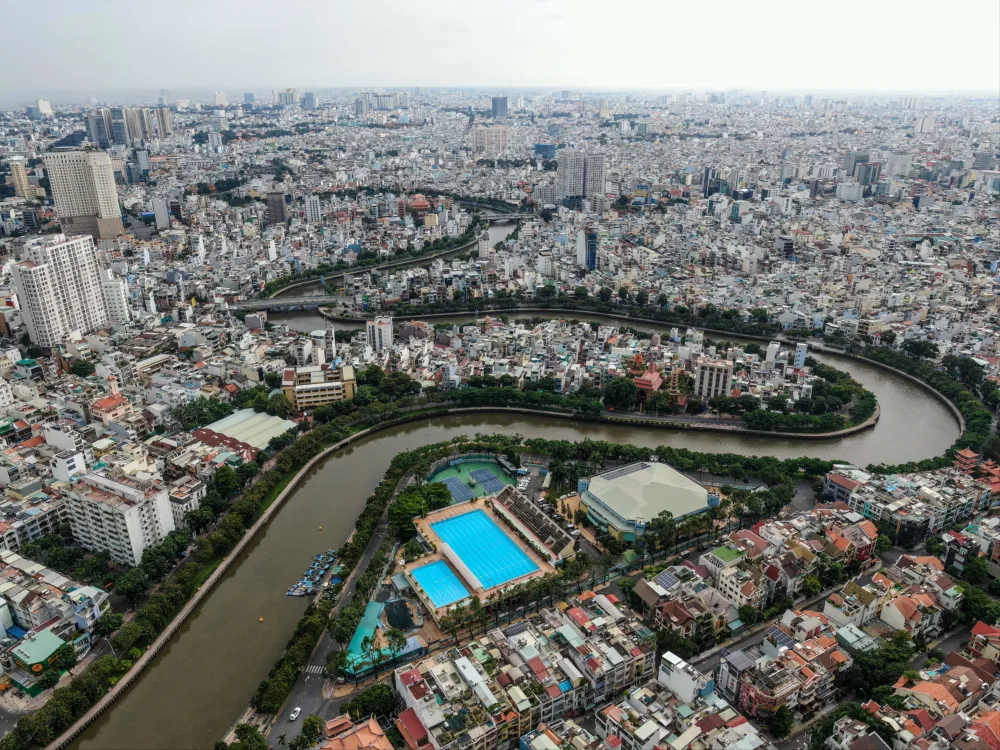
3. Even though we know that, do we, the people of today, feel any “disappointment”? I think so, because as mentioned, those places belong to memory. However, if we look back calmly, we will see that there are still many old traces that have left deep marks in our minds.
Having said that, let me say it with a clear head and a chopsticks that the National Assembly Standing Committee issued Resolution No. 1685/NQ-UBTVQH15 on the arrangement of commune-level administrative units in Ho Chi Minh City in 2025. After the arrangement, Ho Chi Minh City has 168 commune-level administrative units, including 113 wards, 54 communes and 1 special zone; of which there are 112 wards, 50 communes, 1 special zone and 5 commune-level administrative units that are not arranged: Thoi Hoa ward, Long Son, Hoa Hiep, Binh Chau, Thanh An communes. Are all the old place names gone? No. They are still there.
Within the scope of this short article, allow me to just skim through. For example, the place name Thu Duc still exists today. Why is it called this? I do not dare to confirm, I only know that old books tell that, in the past, this place had a tomb to worship the local tutelary god, "Mr. Ta Huy, alias Thu Duc, the predecessor of Linh Chieu Dong village", the stele was erected in 1890. Once remembering this detail, through the name Thu Duc, the place name itself reminds future generations how to behave properly, not to let down the efforts of the ancestors in reclaiming and opening up the land.
District 1 still has the place names Tan Dinh, Ben Thanh, Saigon, Cau Ong Lanh. Depending on personal life, each person has different "material" in their thoughts, which further enriches the vitality of that land. For me, although I was not born here, I have a very special affection for the name Cau Ong Lanh, because Ong Lanh is the soldier Thang, real name Nguyen Ngoc Thang (1798-1866), who was worshiped by the people of Saigon as the god of Nhon Hoa communal house (No. 27, Co Giang Street, HCMC). In the first day of fighting against the French invaders, after the death of General Truong Dinh, Mr. Thang still steadfastly commanded the army, leading the heroic battle on the right bank of Soai Rap River to Cua Tieu. In the battle on June 27, 1866, he was shot and died. The insurgents overcame the enemy's siege to bring the body of the loyal soldier who devoted himself to the country back to his hometown Ben Tre for burial. Let me ask, how can we not have sympathy with the name of Cau Ong Lanh ward?
District 3 also has the names Ban Co, Nhieu Loc... I believe that just mentioning it, immediately in my mind comes back many dear memories. Because this place has a street structure like a chess board, so it is called Ban Co? Researchers say so. With Nhieu Loc, it is unclear whether Mr. Loc's name comes from Nhieu Hoc (the title of the person who passed the Huong exam) like the case of the street names Nhieu Tam, Nhieu Tu? Although not as assertive as the researcher, everyone is proud that this is one of the marks of the renovation process since 1975 - when the State and the people successfully implemented the Nhieu Loc canal renovation project.
In District 4, there are also familiar places named Vinh Hoi, Khanh Hoi, and Xom Chieu. Ho... ơ..., my work is very hard, through the rain and sun. I don't sell these mats, I can't find you, ho... ơ... I rest my head every night. I know that this vọng cổ song was written by People's Artist Vien Chau about Ca Mau mats, but when sung in Xom Chieu, it still "fits the scene and the situation", right? This place used to be full of mud with many banyan and sedge trees, so the mat weaving profession arose and became the name. Just knowing that, you will already love the memories of a familiar land.
District 5 also has the names Cho Quan, An Dong, Hoa Hung which are very close. I don't know who, but I think the name Cho Quan has been around for a long time: Hammocks swinging across the Dieu Khien market/ The army rumbles at the Kham Sai bridge/ Entering Cho Quan to Ben Nghe/ Down to Nha Be to Dong Nai. In Co Gia Dinh, the scenery of the bay is told in great detail. However, we still wonder why the name is Cho Quan, was it because there were many shops/stores in that area in the past? It's just an inference, as for the specifics, I'll leave it to the researchers.
4. In general, in the list of 168 administrative units at ward, commune and special zone levels, we see that many old names are retained, this detail shows that the memory is not broken or erased. When hearing these names, everyone can share their private feelings, how they think, how they understand is up to each person, without necessarily following a clear analysis, scientific research in a meticulous and accurate manner. This is also normal, because loving a place name, loving a land always belongs to personal memory. This is also a factor for residents to be more attached, devoted wholeheartedly, grateful for the land that has nurtured their lives over the years.
Source: https://www.sggp.org.vn/thay-doi-dia-danh-ten-thi-co-khac-dat-thi-cung-lien-post801888.html










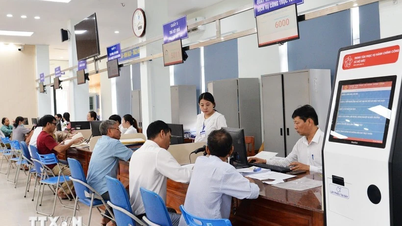





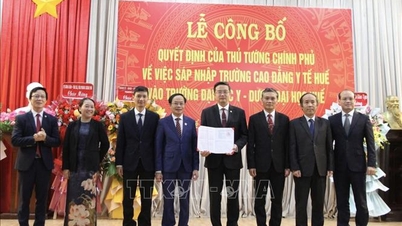
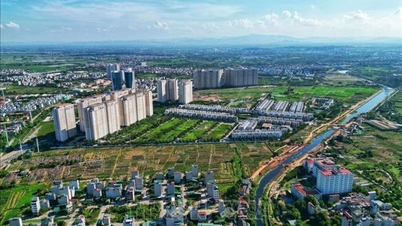
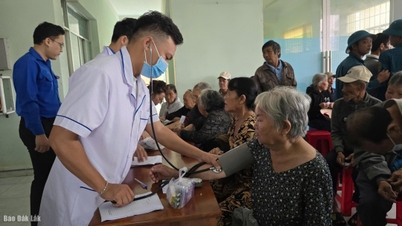



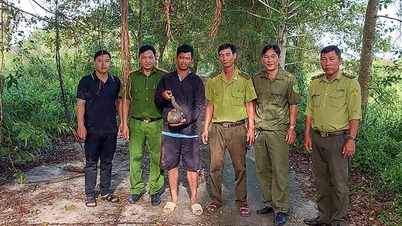











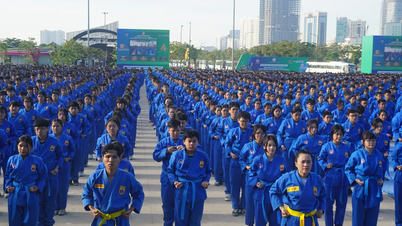


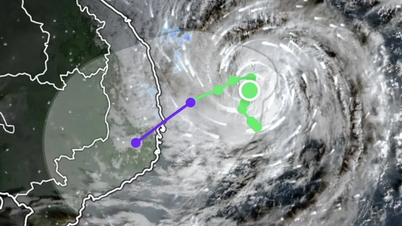



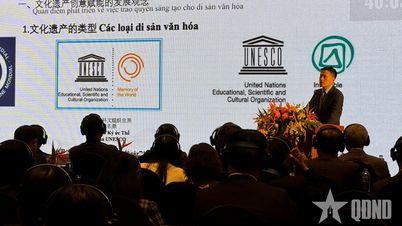



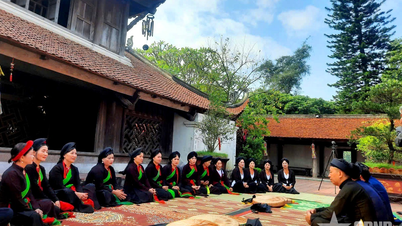








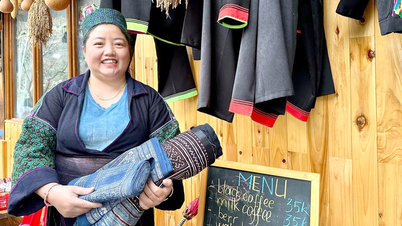




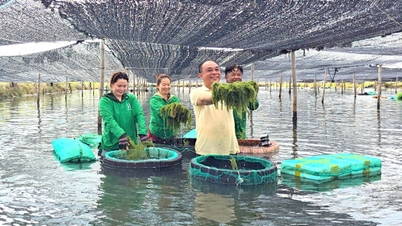



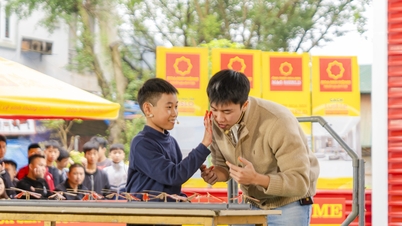



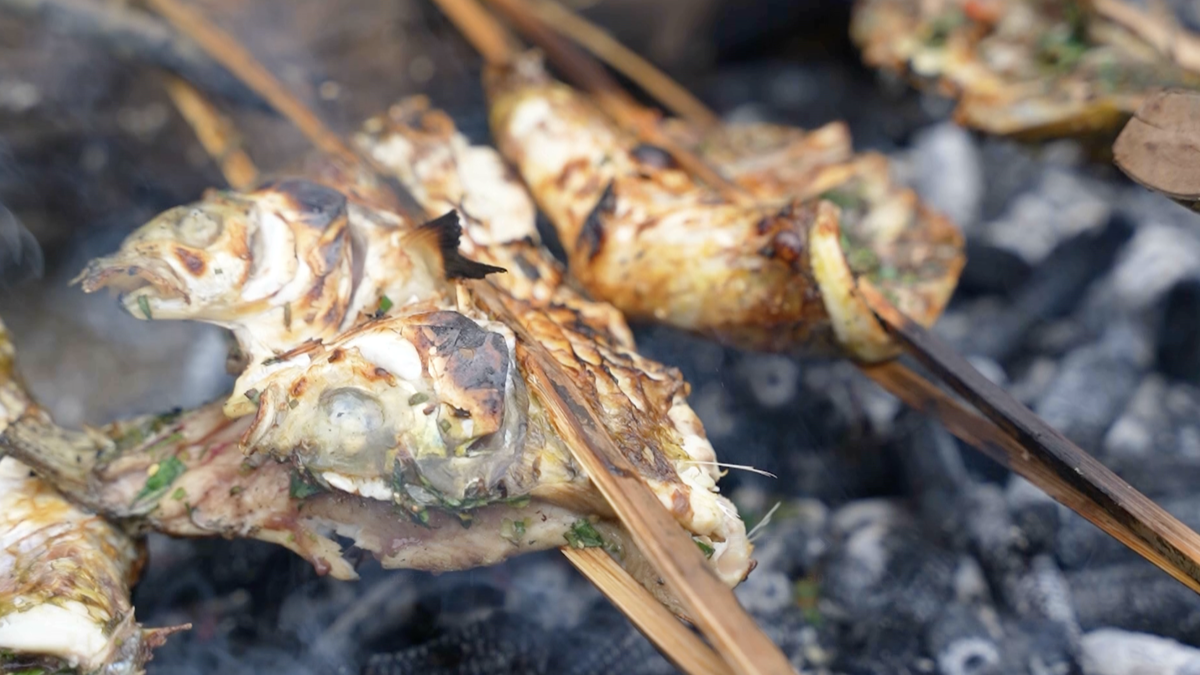


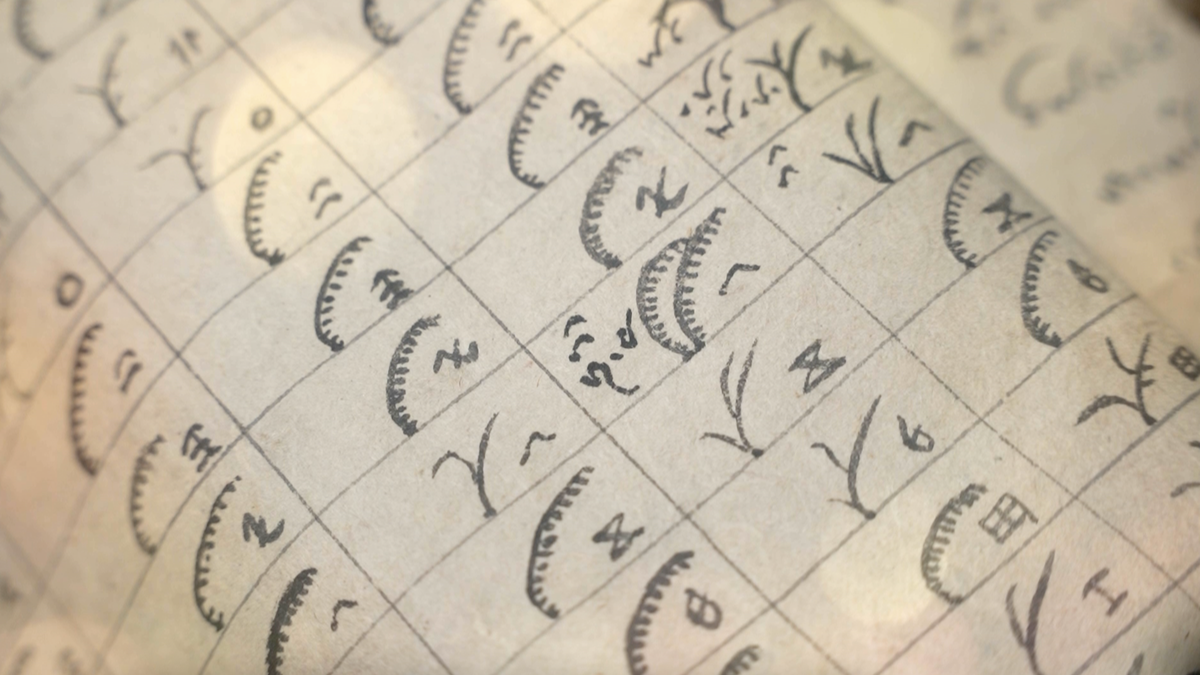
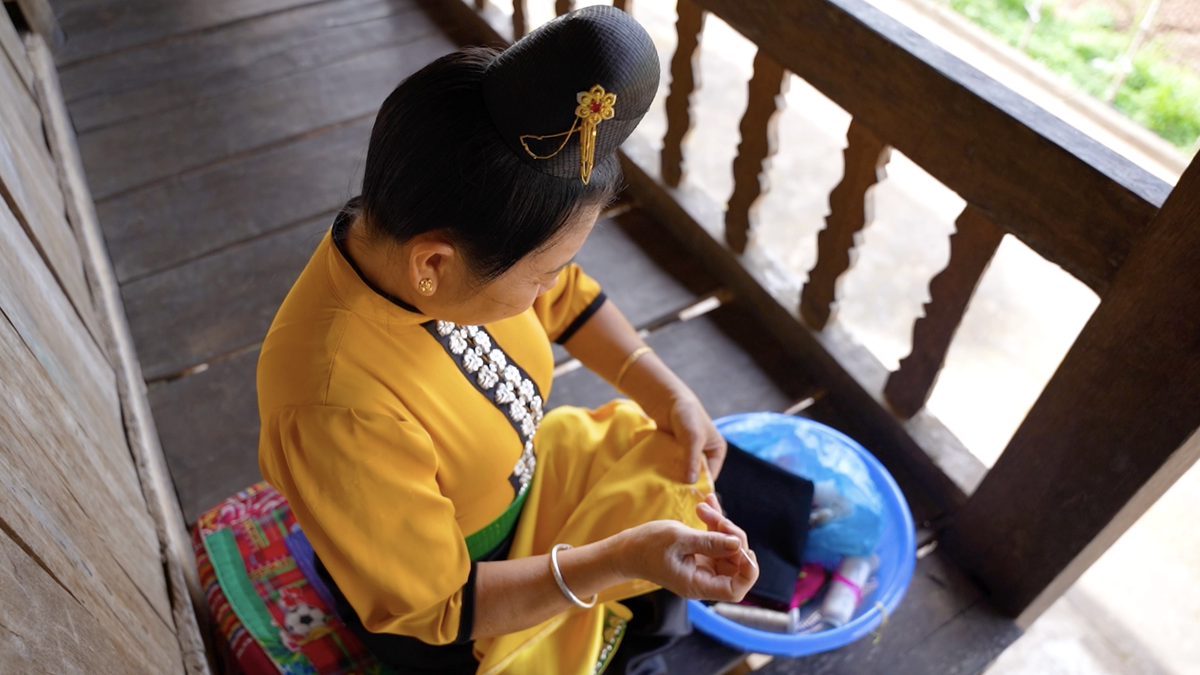


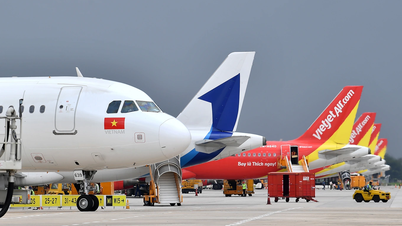









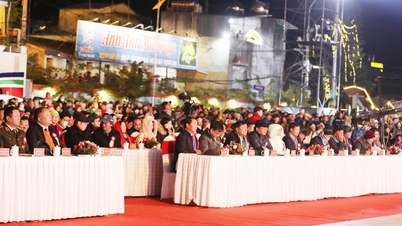

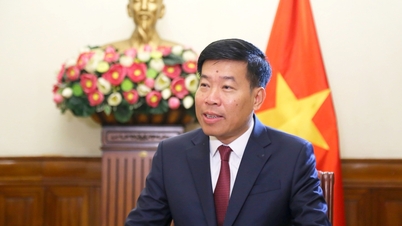

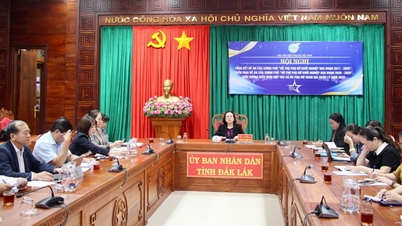


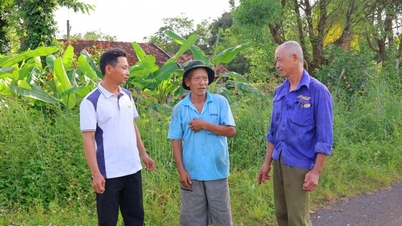









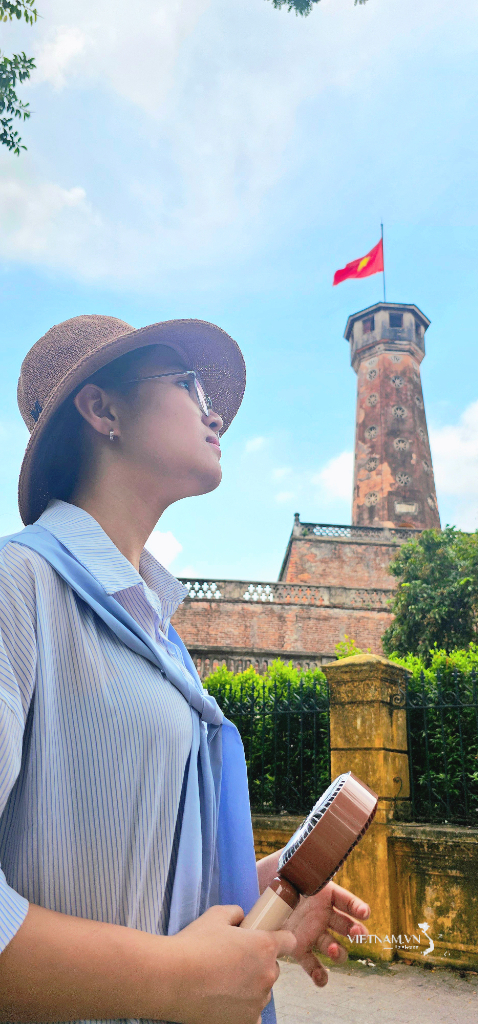

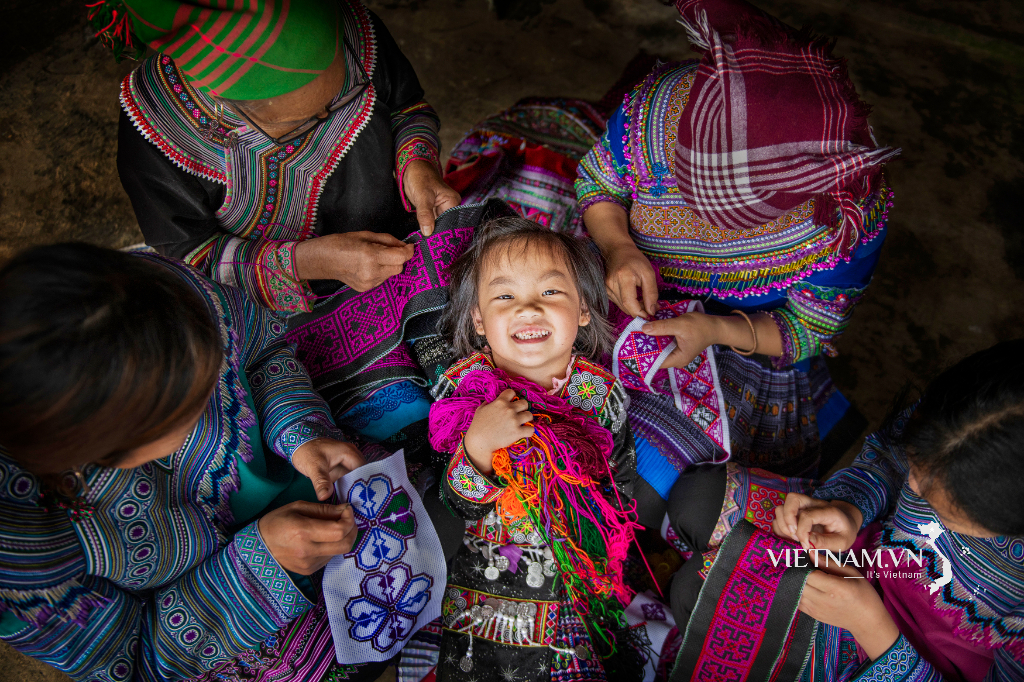

Comment (0)